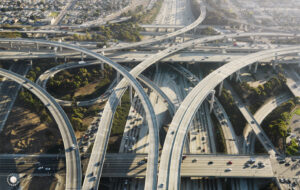
Intelligent transportation systems (ITS) solve various traffic issues. The concept has gained popularity in cities across the globe. In this note, we examine some of the ITS trends that are worth watching this year.
All over the world, urbanization is taking place in full swing as more people move from rural areas to urban settings. This inevitably leads to various municipal problems, including transportation. As more and more people drive, traffic congestion will inevitably emerge, causing waste and inefficiencies for drivers and cities alike.
Let us remember that in cities like Barcelona, it is estimated that traffic jams cause economic losses of about 137 million euros a year and up to 52,000 hours ‘invested’ in traffic jams.
The key to address traffic management and other issues is an intelligent transportation system or ITS. The technology employs onboard and infrastructure sensors, which generate data that can be processed and analyzed. The end result is prevention and faster response to congestion and other incidents. Certainly, ITS technologies and their intelligence and connectivity can support the road authorities in managing the increase in traffic both at road level and at the public transport level.
Smart cities are top of mind for transportation planning. As a part of this smart city infrastructure, intelligent transportation systems will play a key role in managing the traffic on the highways leading into and out of the city as well as within the city itself.
Key trends in ITS
ITS is not something new. But the technology has continued to evolve over time. Below are some of the key trends that we believe will define ITS in the near term.
Increased adoption of AI and deep learning
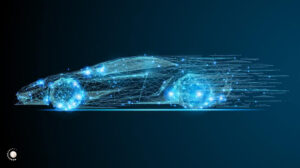
Artificial intelligence and deep learning will play an even more important role in ITS. With AI, data will turn into better actionable intelligence to help predict events and plan routes.
We have been able to verify in European Innovation programs such as C-Roads, Autocits or Transforming Transport, where through the collection of data from an infrastructure we are able to predict traffic jams more than 2 hours in advance.
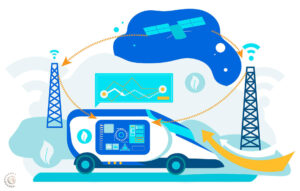
AI-based video analytics can help keep roads safe by detecting debris or vehicles traveling in the wrong lane. Further, they are an effective tool to optimize road usage and reduce congestion. Understanding and being able to visually verify highway conditions contributes to fulfilling the Department of Transport (DOT) objectives to increase highway safety, reduce congestion and increase mobility.
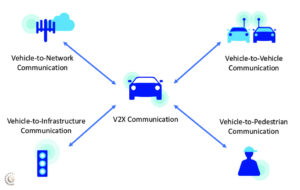
Drivers and municipal operators alike can benefit from vehicles operating V2X communication. V2X helps automate traffic signal, electronic toll collection and other systems. This year, the technology can be better served by 5G that allows lower latency and faster transmission.
In the Autocits project, the sending of notifications about road works, congestion situations or adverse weather conditions has already been successfully tested, for example, and an autonomous vehicle could be tested in circulation on the roads of Madrid, Lisbon and Paris, all thanks to the information generated between infrastructure and vehicles (V2X).
Cooperative transport systems, with communication technologies without latency such as 5G or short-range systems (ETSI G5), allow a leap in connected driving and future autonomous driving.
MaaS
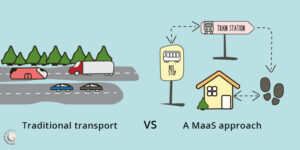
MaaS, or mobility-as-a-service, suggests the best transportation means to reduce travel times. It also allows users to book for the trip through the service. Already popular in many cities, MaaS is expected to gain more traction in the long run thanks to better technology.
The implementation of omni-modal data platforms will facilitate the analysis of data from all modes of transport, building new algorithms that will improve traffic, transport, logistics and infrastructure management. This includes the development of mobility as service solutions, which put the user at the center, improving their traveler experience with contactless technologies, single ticket, etc.
Adapted from a&s



































































